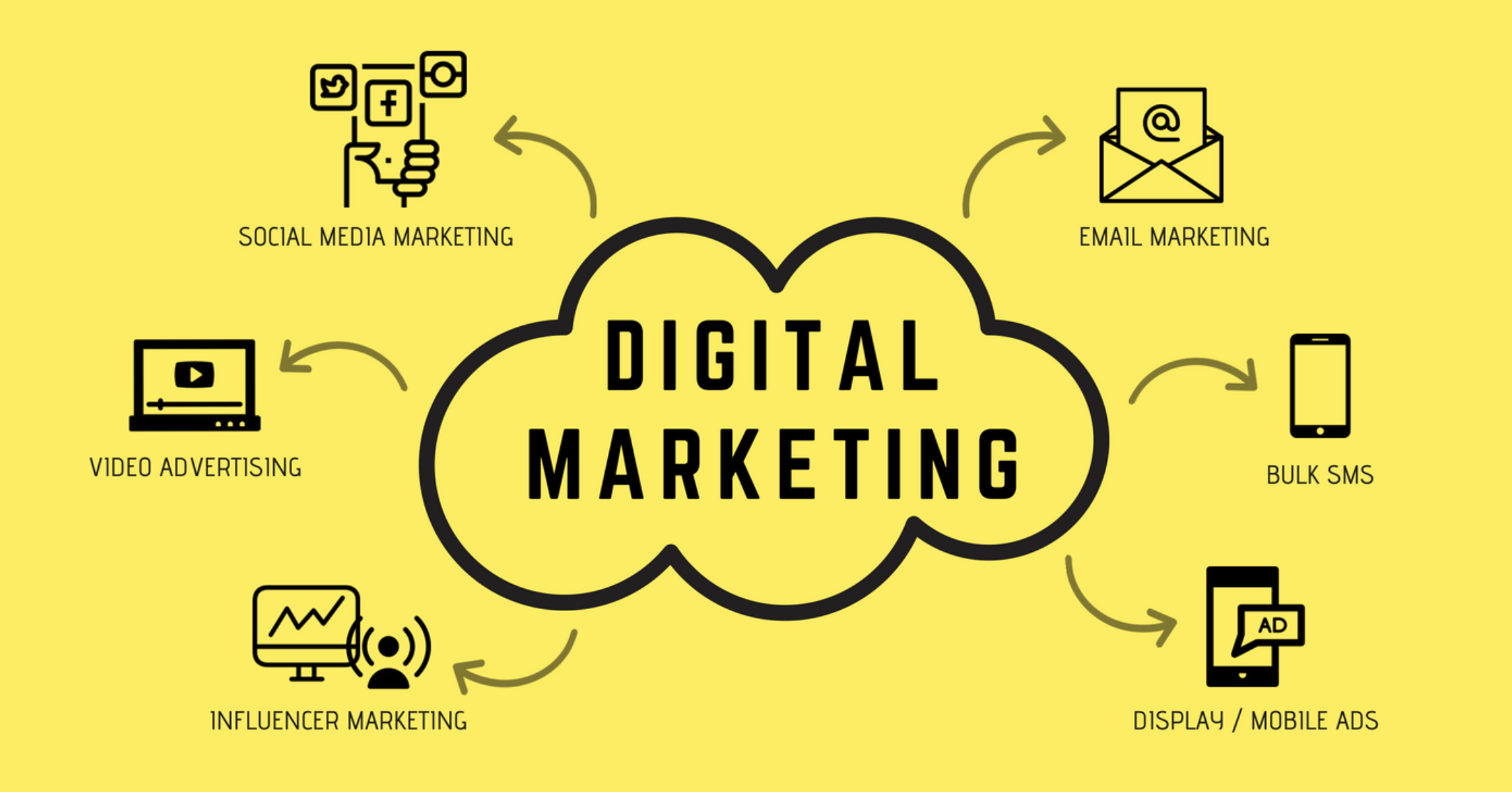Enhance Customer Experience and Drive Traffic With Receptive Website Design
In today's digital landscape, where customers are accessing websites from a wide variety of tools, receptive web design has become extra essential than ever. With its capacity to adjust and seamlessly change to various screen sizes, receptive design not just enhances customer experience yet likewise drives web traffic to your website.
Why Responsive Internet Design Issues
Responsive internet design is a necessary aspect of modern-day internet growth due to its ability to ensure ideal customer experience across different tools and display dimensions. With the spreading of smart devices, tablet computers, and other mobile phones, it has come to be essential for internet sites to adjust and give smooth functionality despite the gadget being used.
The primary reason that responsive web style matters is that it allows individuals to have a pleasurable and consistent searching experience, despite the tool they are using. A responsive web site instantly changes its web content, design, and layout components to fit the display dimension and resolution of the device, making sure that users can easily browse and engage with the site with no hassle or stress.
Additionally, responsive web layout also plays a considerable role in seo (SEO) Online search engine, such as Google, focus on sites that are mobile-friendly and responsive in their search engine result. By including responsive layout concepts, internet sites can improve their exposure and position, leading to boosted organic traffic and possible consumers.

Boosting User Engagement Via Responsive Layout
Maximizing customer interaction is an essential objective of receptive design, as it ensures that users can easily access and engage with web site web content on any type of device. With the increasing use mobile phones and tablet computers, it is crucial for internet sites to adapt to various display dimensions and resolutions. Responsive style allows sites to instantly change their layout and content to give a seamless user experience across devices.
One of the major methods receptive style boosts user involvement is by lowering lots times. With a receptive website, users do not have to await different mobile variations to tons, leading to much faster accessibility to content. This better rate results in greater customer complete satisfaction and motivates them to invest more time on the site.
In addition, receptive style enhances user interaction by improving navigation and user interface (The Ad Firm). When a website is designed responsively, buttons and food selections are optimized for touch interactions, making it less complicated for users to interact and browse with the website on their mobile tools. This intuitive and user-friendly experience keeps customers involved and urges them to explore even more of the web site
Moreover, receptive style permits better web content visibility and readability. By adjusting the format and font style dimensions to different tools, responsive sites guarantee that individuals can conveniently read and understand the web content. This improves individual involvement by reducing the need for zooming or scrolling to check out the text.
Raising Website Traffic With Responsive Internet Design
With the growing appeal of mobile gadgets, having a web site that is responsive to various display dimensions and resolutions is important for driving enhanced website traffic. In today's electronic landscape, users are accessing web sites from a variety of tools such as mobile phones, tablets, and desktop. Each of these gadgets has different screen dimensions and resolutions, and if your web site is not made to adjust to these variants, it can lead to a poor user experience and a loss of possible traffic.
Responsive website design ensures that your web site looks and operates optimally throughout all devices. By utilizing adaptable grids, fluid photos, and media inquiries, receptive design allows your site to instantly readjust its web content, format, and navigating to fit any kind of display size. This implies that individuals will have a seamless browsing experience despite whether they are utilizing a little smartphone or a large desktop computer computer system.
Crucial Element of Reliable Responsive Layout
Effective responsive style includes several crucial elements that make sure a smooth user experience across different devices. One of these you could check here components is adaptable grids and designs. By utilizing relative devices like percentages rather than taken care of devices like pixels, designers can develop designs that adapt and scale to fit various screen sizes. This permits web content to be shown in a aesthetically enticing and readable fashion on any type of device.
One more crucial aspect is media questions. These allow designers to use different designs and designs based upon the features of the customer's tool, such as display size and alignment. By making use of media questions, designers can enhance the presentation of web content for each and every device, making certain that it is conveniently accessible and legible.
Receptive photos are likewise important in effective responsive design. Images that are too large can decrease page lots times on mobile gadgets, while pictures that are as well tiny might appear pixelated on bigger displays. By using strategies such as responsive photo resizing and lazy loading, designers can make certain that images are appropriately sized and enhanced for each and every gadget.
Lastly, reliable responsive layout involves a mobile-first approach. This means prioritizing and developing web content for mobile phones initially, and then improving the layout and expanding for larger displays. This strategy ensures that the most vital material is easily available on smaller displays, while still offering a rich experience on bigger tools.
Finest Practices for Executing Receptive Website Design
Applying receptive website design calls hire a website builder for mindful factor to consider of different finest methods to ensure an optimal user experience across different devices. When implementing receptive internet design., right here are some vital finest methods to adhere to.
To start with, it is vital to prioritize mobile customers. With the boosting supremacy of mobile phones, developing for mobile-first has become essential. Beginning by designing for smaller displays and after that gradually enhance the format for larger screens.

One more essential ideal technique you could try these out is to enhance pictures for different screen resolutions. Big photos can reduce down the filling time of your site, specifically on mobile phones with slower links. Use responsive images that can be resized based on the device's display resolution to boost efficiency.
Additionally, test your web site on different tools and display dimensions to guarantee a consistent and seamless experience. There are different screening tools readily available that can assist you recognize any type of problems and make necessary adjustments.
Last but not least, focus on usability and availability. Make certain that your internet site is simple to navigate, with clear and concise material. Make certain that your web site is accessible to individuals with specials needs and adheres to access standards.
Final Thought
In conclusion, responsive web layout plays an important duty in enhancing customer experience and driving traffic to web sites. By taking on receptive layout principles, web sites can ensure ideal checking out experiences across different gadgets, leading to enhanced individual engagement.
Maximizing user interaction is a crucial objective of receptive style, as it ensures that customers can easily accessibility and communicate with web site content on any type of device. Receptive style allows internet sites to instantly adjust their layout and web content to supply a smooth customer experience across gadgets.
Furthermore, receptive design boosts user involvement by enhancing navigation and customer interface.Receptive photos are also important in efficient receptive style. By embracing responsive design principles, sites can make sure ideal watching experiences throughout various gadgets, leading to enhanced individual involvement.